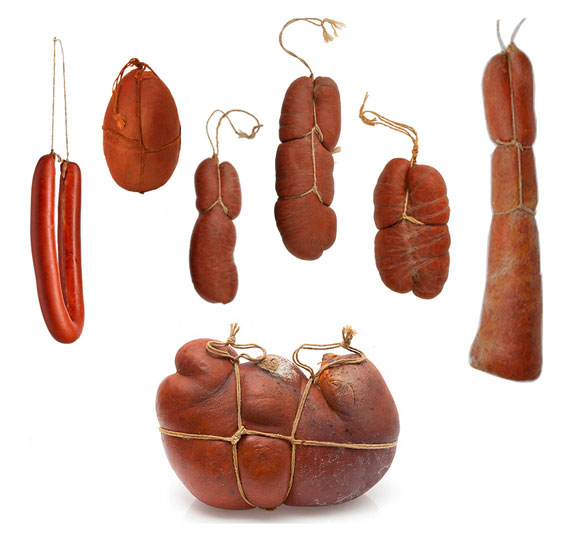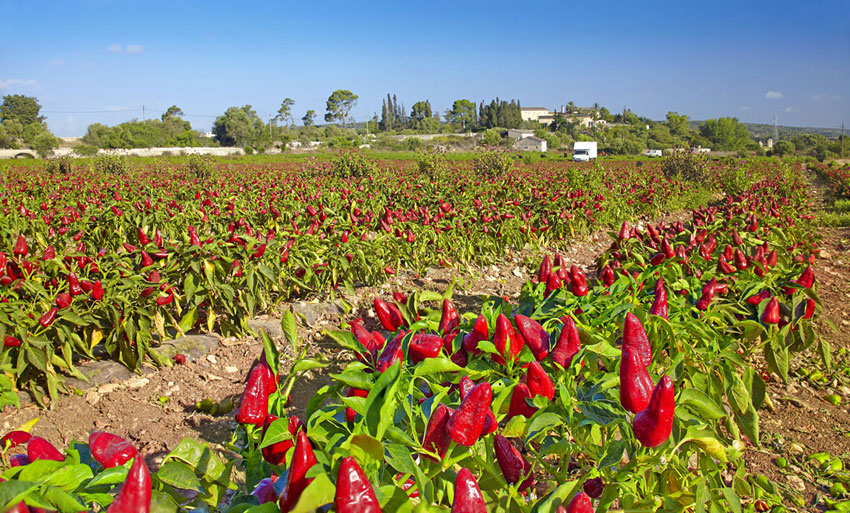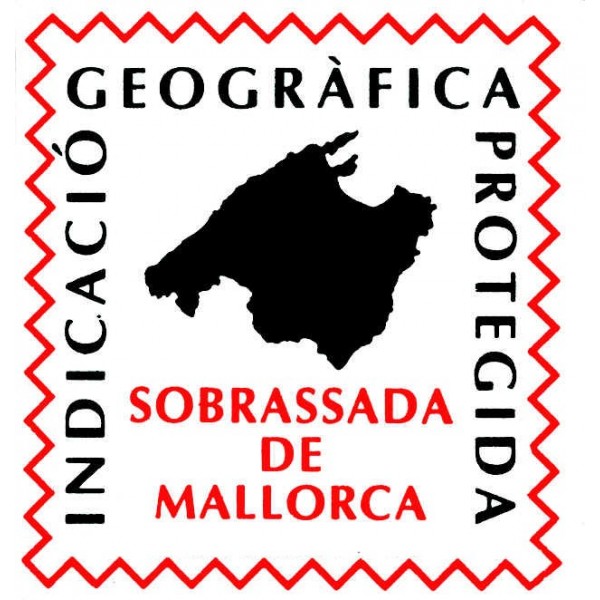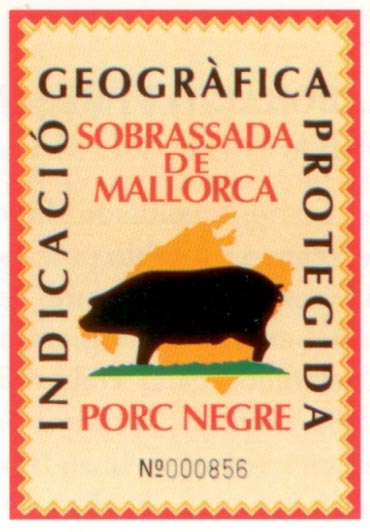
Types of sobrasada
People who appreciate good food and fine products usually know very well in which country or region they will find the best quality of what they are looking for. Good chocolate in Belgium, good cider in Asturias, good cheese in Mahón, Minorca,… And so on down a long list that would not be complete without mentioning that the best sobrasada comes from Mallorca, which is also endorsed by a PGI “Protected Geographical Indication”. However, Sobrasada de Mallorca can produced in many formats, so today we will talk about the different types of Sobrasada.
Sobrasada. What is it?
It is a traditional sausage from Mallorca, made mainly from minced pork to which salt, pepper and another very important ingredient, paprika are added. This gives sobrasada its characteristic reddish colour and also gives it its delicious and distinctive aroma and flavour. Once this mixture has been stuffed into a casing, it is left to cure for several weeks or even months, a process during which it loses moisture and acquires its typical creamy texture.
The traditional production of sobrasada incorporates sweet paprika made from a native variety of pepper called Tap de Cortí. This paprika, which has the Designation of Origin Tap de Cortí Mallorca, gives the sobrasada a very distinctive flavour.

Types of sobrasada
Although the mixture is the same, there are different sizes and shapes, having different names.
Longaniza: This sausage is long and thin, with a semi-circular shape, like a long necklace. It weighs between approximately 200 and 300 grams. It is usually consumed shortly after production (15 days) as it cures quickly, often to be consumed in the traditional barbecues “torradas” (as the locals call it in Mallorca).
Rizada: Thicker and shorter, weighing between 600 and 800 grams. It is the most common and well-known among the public. It is cured longer than longaniza, between 6 and 12 weeks.
Semirrizada: Similar to the previous one, although somewhat smaller, weighing around 400 grams.
Culana:These pieces are much larger, weighing between 2 and 3 kilos, and are usually sold in shops and delicatessen for cutting and serving.
Bufeta: This is very unusual, with a round shape like a ball. It usually weighs between 1 and 1.5 kilos.
Pultrú: Quite large too, between 2 and 4 kilos, and similar in shape to the Rizada variety.
Bisbe: The most impressive of all, and really quite rare to find, as they can weigh up to 30 kilos each.
The thickness of the sobrasada determines the curing speed. The thicker it is, the longer it takes to cure and, for connoisseurs, the better its organoleptic characteristics.
Other very important details
In addition to these more traditional formats, modern life and its demands have led to the launch of a more modern format, terrines, weighing approximately 200 grams. Although they offer certain advantages, we believe that traditional formats are much more focused on being a natural, high quality product.
Outside Mallorca, when you find sobrasada for sale, it will be most likely be labelled simply as “Sobrasada”, without any of the names mentioned above. It usually weighs between 400 and 600 grams, and can be made from white or black pork.

Whether made from white pork or Mallorcan black (Porc negre), authentic Sobrasada de Mallorca will allways be labelled with one of the two PGI (Protected Geographical Indication) seals: “Sobrassada de Mallorca” or “Sobrassada de Mallorca – Porc Negre”.

The origins of sobrasada are very ancient. If you are interested in learning more about this topic, follow the link below:
If you fancy trying some delicious authentic Mallorcan sobrasada, visit our online shop: https://productesdemallorca-shop.es/categoria-producto/comprar-sobrasada/
